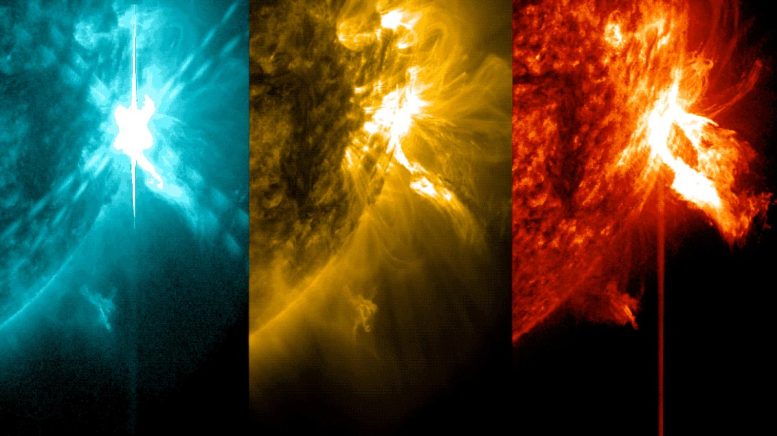
A significant solar flare, peaking at 1:53 a.m. EST on February 16, 2024, was observed by NASA’s Solar Dynamics Observatory. Classified as an X2.5, it represents a high-intensity energy burst with potentially disruptive effects on technology and space missions. Credit: NASA/SDO
The Sun emitted a strong solar flare, peaking at 1:53 a.m. EST on Friday, February 16, 2024. NASA’s Solar Dynamics Observatory, which watches the Sun constantly, captured an image of the event.
Solar flares are powerful bursts of energy. Flares and solar eruptions can impact radio communications, electric power grids, navigation signals, and pose risks to spacecraft and astronauts.
This flare is classified as an X2.5 flare. X-class denotes the most intense flares, while the number provides more information about its strength.
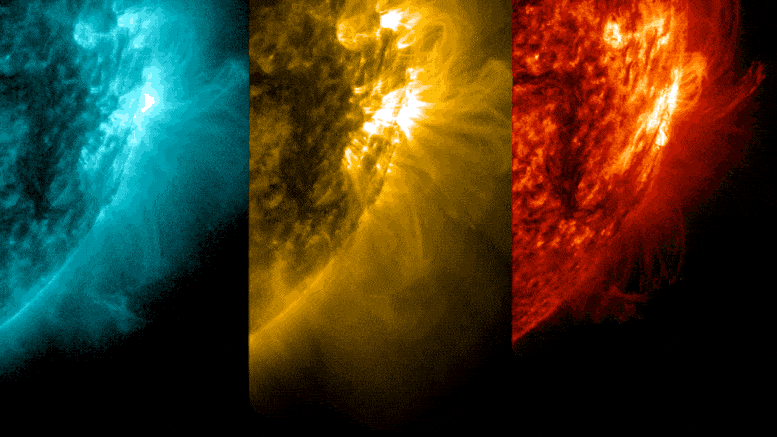
NASA’s Solar Dynamics Observatory captured these images of a solar flare – as seen in the bright flash on the right of each image – on Feb. 16, 2024. The images show three subsets of extreme ultraviolet light that highlight the extremely hot material in flares and which are colorized in teal, gold, and red. Credit: NASA/SDO
Solar Flares
Solar flares are intense bursts of radiation emanating from the release of magnetic energy associated with sunspots. These phenomena can last from minutes to hours and are the solar system’s largest explosive events, visible as bright areas on the Sun. Solar flares are primarily observed in the ultraviolet and X-ray spectrums, making them detectable by space-based observatories.
The intensity of solar flares is classified into five categories: A, B, C, M, and X, with A being the weakest and X the most potent. Each category has a tenfold increase in energy output compared to the preceding one. Within each category, a finer scale from 1 to 9 further distinguishes the strength of the flare. For instance, an X2 flare is twice as powerful as an X1 flare but four times less than an X8 flare. This classification system helps scientists and relevant authorities prepare for potential impacts on Earth, such as disruptions to communication and navigation systems.
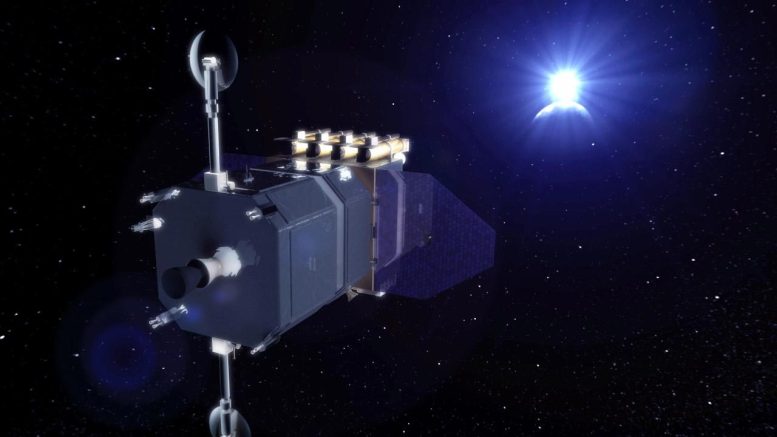
Illustration of the SDO spacecraft keeping a watchful eye on the Sun, all day, every day. Credit: NASA
NASA’s Solar Dynamics Observatory (SDO)
NASA’s Solar Dynamics Observatory (SDO) is a mission launched in February 2010 as part of the Living With a Star (LWS) program. The objective of SDO is to understand the Sun’s influence on Earth and near-Earth space by studying the solar atmosphere on small scales of space and time and in many wavelengths simultaneously. SDO aims to learn more about the Sun’s magnetic field and how it is generated and structured, how the stored magnetic energy is converted and released into the heliosphere and geospace in the form of solar wind, energetic particles, and variations in the solar irradiance.
SDO is equipped with a suite of instruments, including the Atmospheric Imaging Assembly (AIA), which captures high-definition images of the solar atmosphere in multiple wavelengths; the Helioseismic and Magnetic Imager (HMI), which studies the solar magnetic field and the physics of the solar interior; and the Extreme Ultraviolet Variability Experiment (EVE), which measures the Sun’s ultraviolet output. This comprehensive set of tools allows SDO to provide unprecedented insights into the workings of our closest star, facilitating a deeper understanding of the solar processes that affect our planet and technological systems.



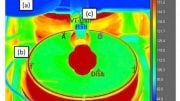



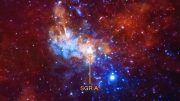

Be the first to comment on "X2.5 Solar Flare Unleashed – NASA’s SDO Captures Powerful Spectacle"